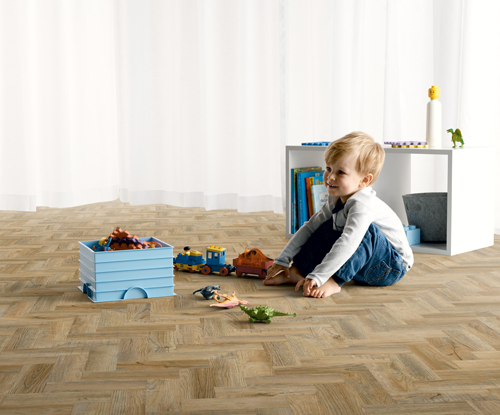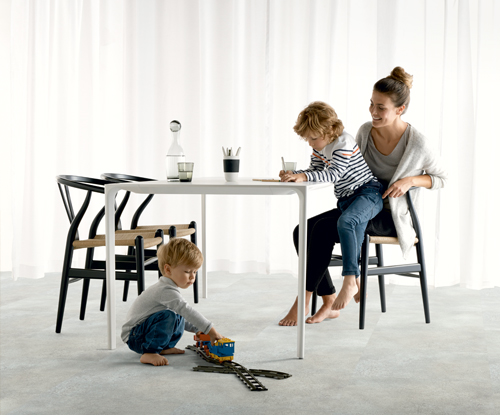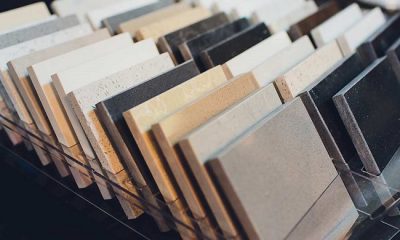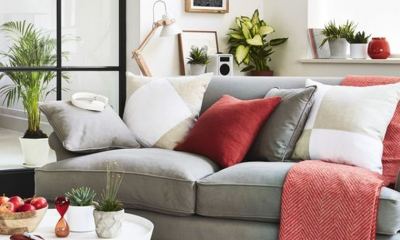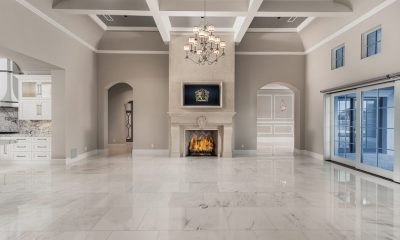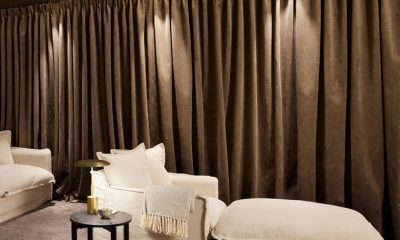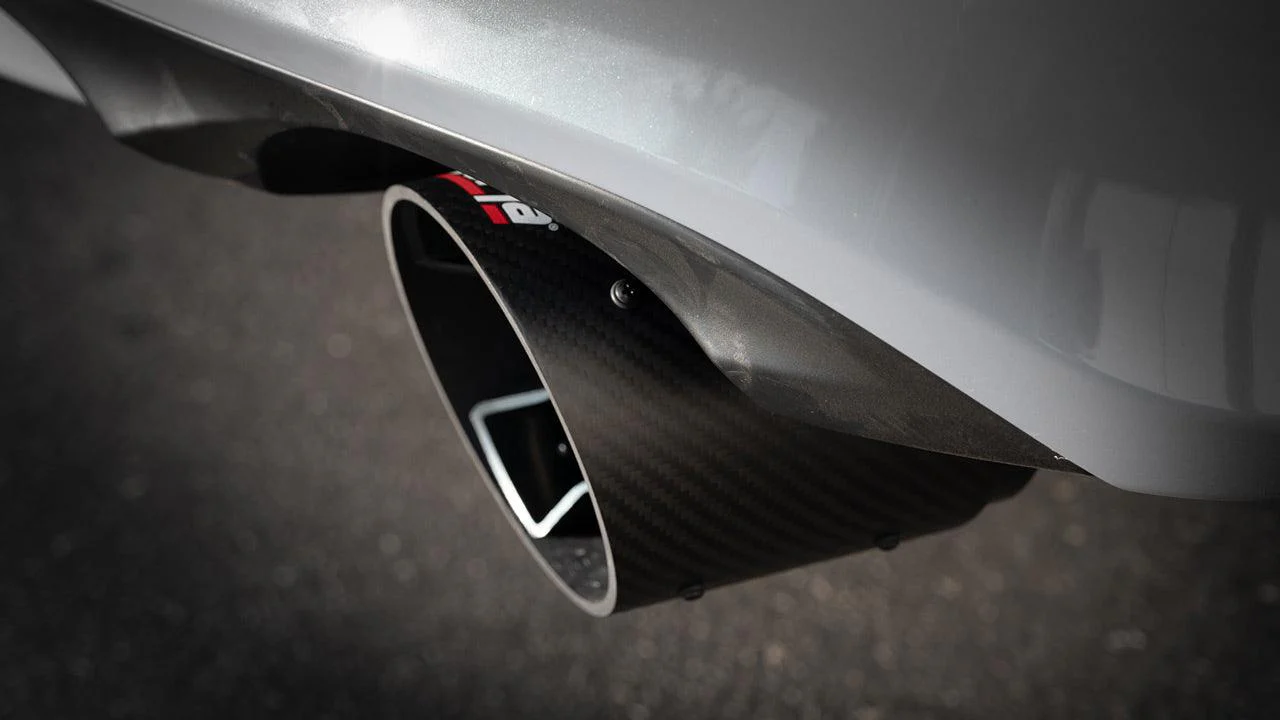Home Decor
Kitchen Flooring 101: What Makes Vinyl the All-Purpose Flooring Wonder
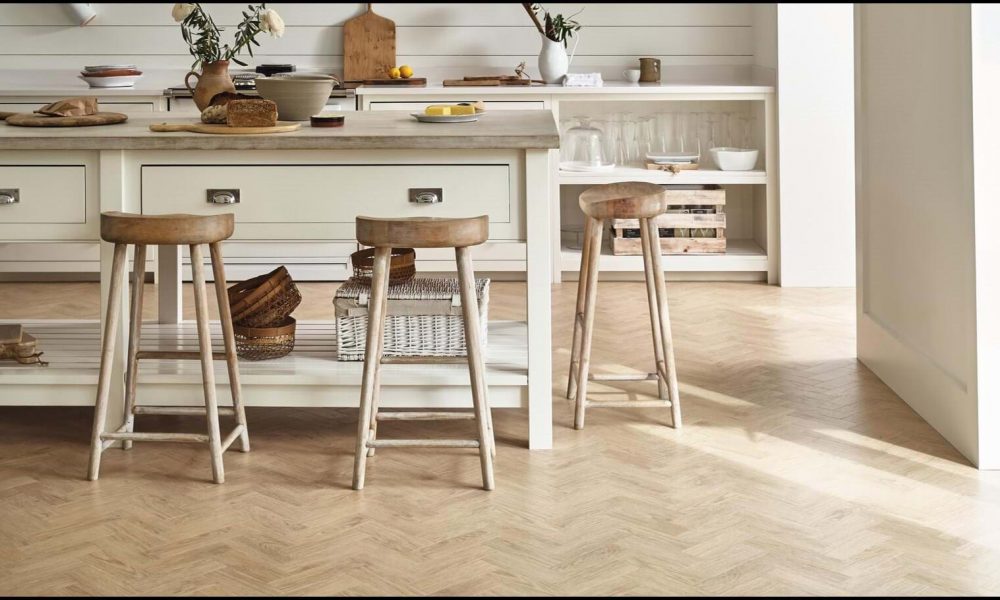
Are you doing a complete kitchen makeover? Have you been thinking about what kind of flooring to put in? While there are plenty of must-haves that add function and convenience to your kitchen, the flooring you choose creates the foundation for the rest of the design.
After all, it is the basemat for everything else in the room. If you choose the wrong material, it can throw off the entire look of your space. Sometimes, even the most beautiful cabinets and countertops can’t make up for an impractical solution. Among the available options, durable kitchen vinyl flooring emerges as one of the best choices you can make.
Why Is Vinyl a Good Choice for Kitchens?
The choice of flooring for your kitchen is an important design decision. Not only does it play a large role in the aesthetics of your space, but it must also be able to withstand heavy foot traffic and the rigours of daily use. In other words, it needs to be both beautiful and long-lasting. Vinyl flooring ticks both of those boxes, and many more including:
Sturdy Build
Polyvinyl chloride, more commonly known as PVC, is the main ingredient in vinyl flooring. This component gives the flooring its strength and durability. It’s combined with other materials like plasticisers, fillers, and stabilisers to create a material that is not only strong but also flexible.
This flexibility is important as it allows the flooring to better resist impact, making it ideal for high-traffic areas like kitchens. Plus, it means that vinyl is less likely to crack or chip under heavy furniture.
Proper Insulation and Cushioning
We all know how cold traditional kitchen flooring options can be, especially during winter. This is because most flooring solutions don’t have any insulation, leaving your feet feeling the full brunt of the cold temperature.
The vinyl flooring for kitchens alternative, on the other hand, comes with a built-in cushion that provides insulation against the cold. This added layer of support means that you can enjoy walking about even barefoot without feeling the chill. You can walk and stand in your kitchen for long periods without feeling fatigued.
Simple Installation
Putting in new vinyl flooring is a fairly straightforward process. The material comes in large sheets or planks that can be cut to size and then laid down on the subfloor with minimal effort. You won’t have to wait for professionals to do the job for you and you can save on installation costs.
Each sheet has an adhesive peel-and-stick backing that makes installation a breeze, even for first-time DIYers. All you have to do is remove the peel and press the vinyl down onto the floor. No nails, no glue, no mess. It’s as simple as that.
Moisture and Spill Resistant
Liquids and moisture are a common sight in kitchens. Whether it’s oil from cooking or water from spills, these liquids can quickly damage conventional flooring solutions like hardwood and laminate. Moisture build-up can also lead to the growth of mould and mildew, which is dangerous for your health.
If liquids reach the core of the material, they can cause the flooring to swell and eventually warp. The more porous the material, the more susceptible it is to moisture damage.
The kitchen vinyl flooring is much more resistant to moisture than other types of flooring. The PVC core of the material prevents liquids from seeping in and damaging the interior layers. You can quickly wipe up any spills without worrying about long-term damage.
Easy to Clean and Maintain
Speaking of wiping up spills, vinyl planks are super easy to clean and maintain. You won’t have to break out the heavy-duty cleaners every time there’s a spill. A simple mop and some warm water are usually enough to keep your floors looking good as new.
It’s also resistant to staining, so you don’t have to worry about permanent markings from spills. If a substance does manage to stain the vinyl, you can usually remove it with standard cleaners.
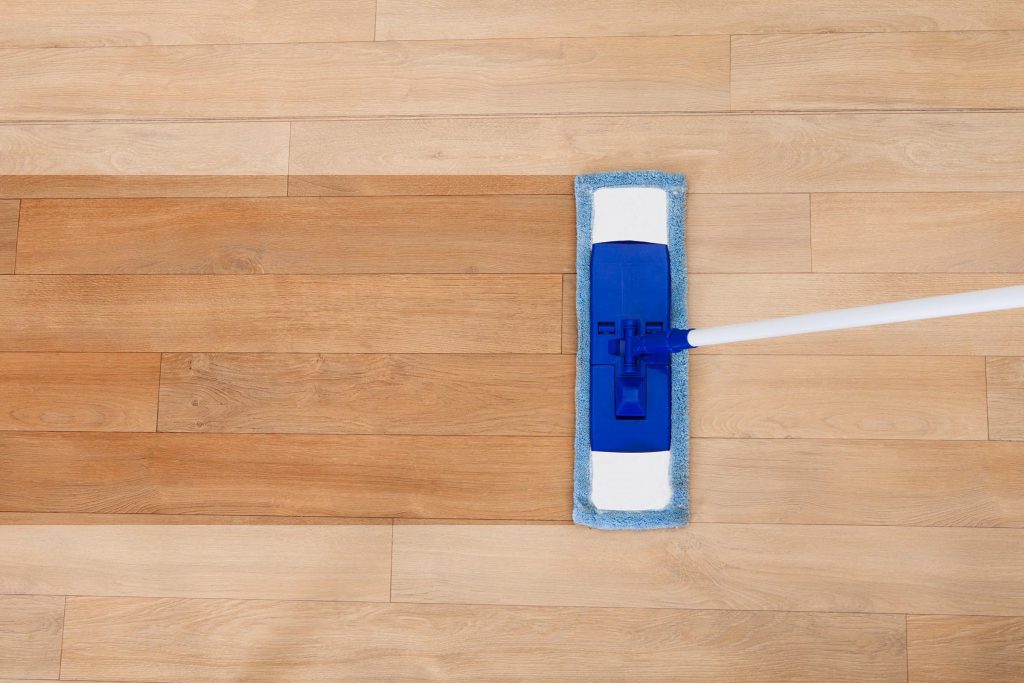
Good Value for Money
These days, it’s all too easy to splurge on overpriced flooring that doesn’t even look that good. But why spend a fortune on something that’s going to get scratched and scuffed? How do you know you’re getting a good return on your investment?
Vinyl offers unbeatable value for money. It’s much more affordable than most other types of flooring, yet it still manages to look great and last long. You’ll feel much better knowing that you got a good deal on your new floors.
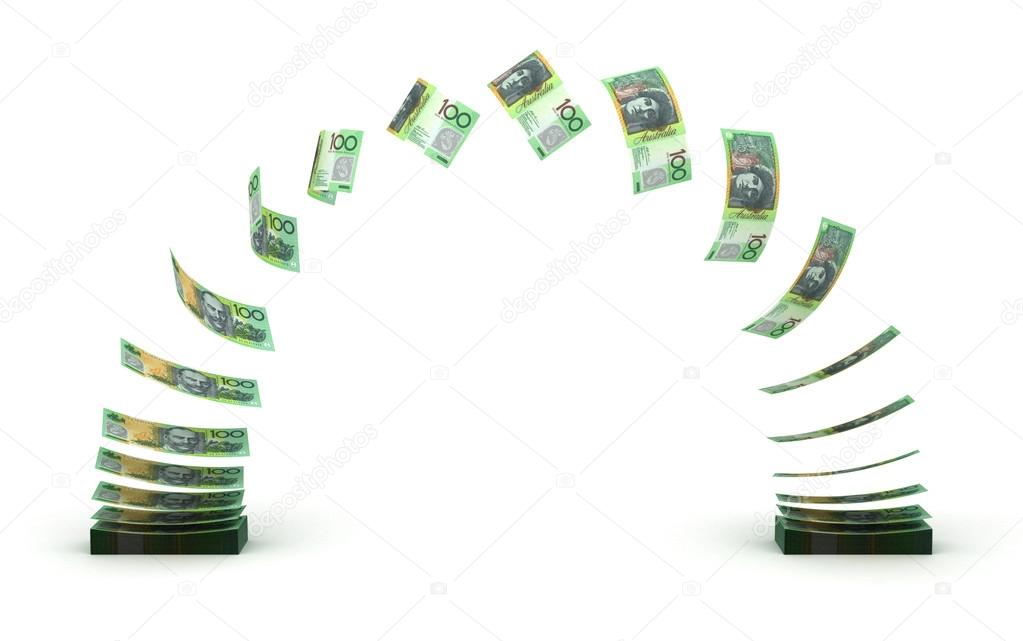
Eco-Friendly Alternative
In a world where we’re increasingly conscious of our impact on the environment, it’s vital we choose materials that are environmentally friendly. Vinyl is a great sustainable option as it’s made from PVC, a type of plastic that can be recycled.
Generally speaking, it can be recycled up to seven times before it needs to be replaced. And once it does reach the end of its lifespan, it can be incinerated to generate energy. Either way, you can rest assured that your vinyl flooring won’t end up in a landfill and that you’re making your own contribution to the safety of our planet.
As a proud Pisces known for the selflessness, Olivia joined up the blog fascinated by the idea she can help readers with info on topics and their related benefits like health and beauty, travel, food and drinks. When not writing, she likes to call it a day reading comic books in the company of her Tonkinese cat Chatty or binge-watching The Big Bang Theory with her SO like the nerd she is.

